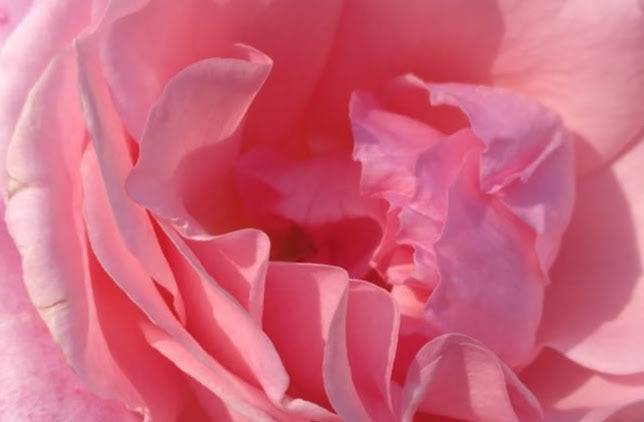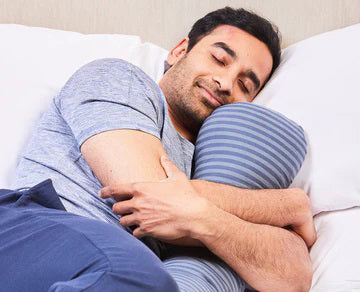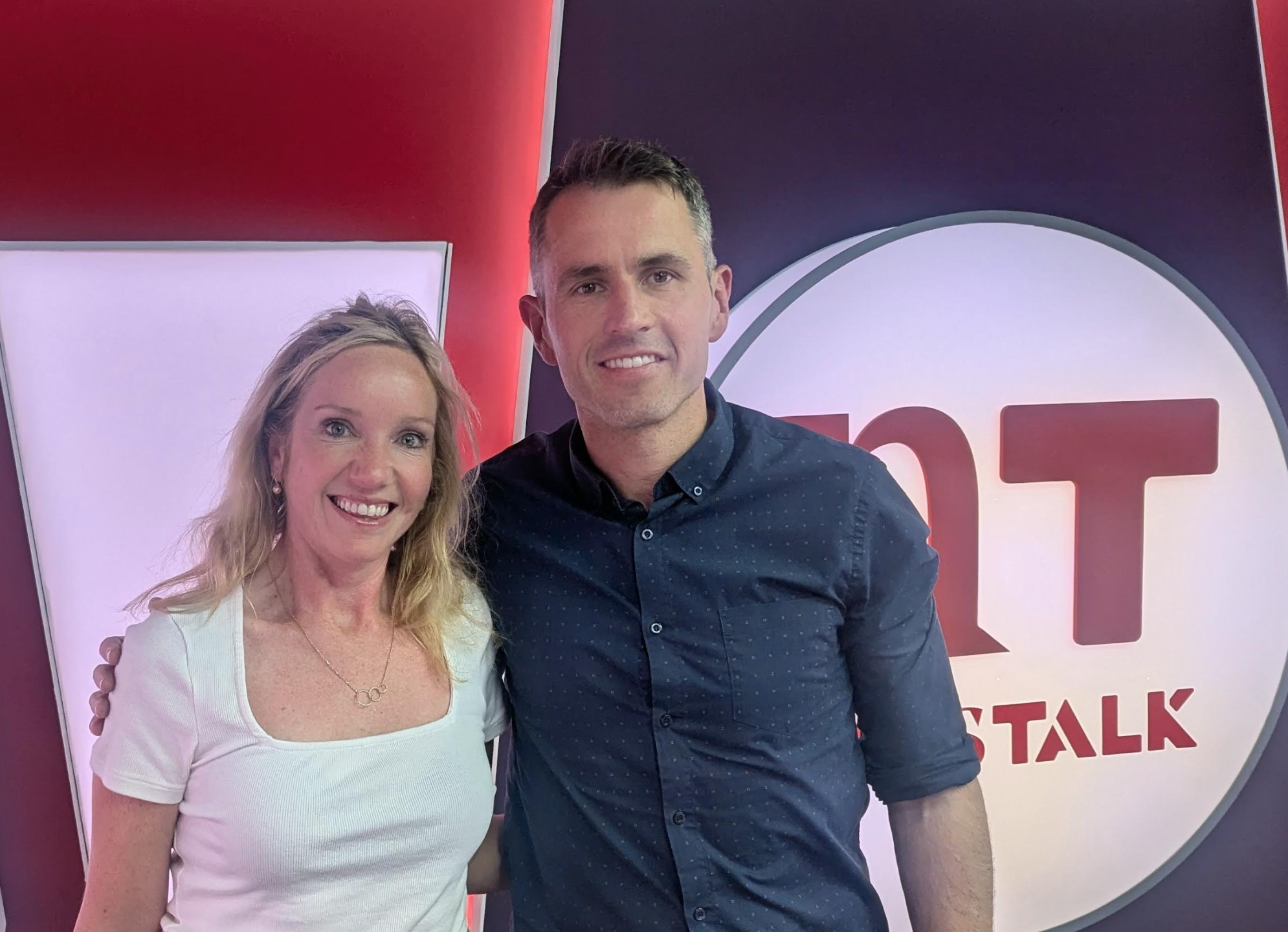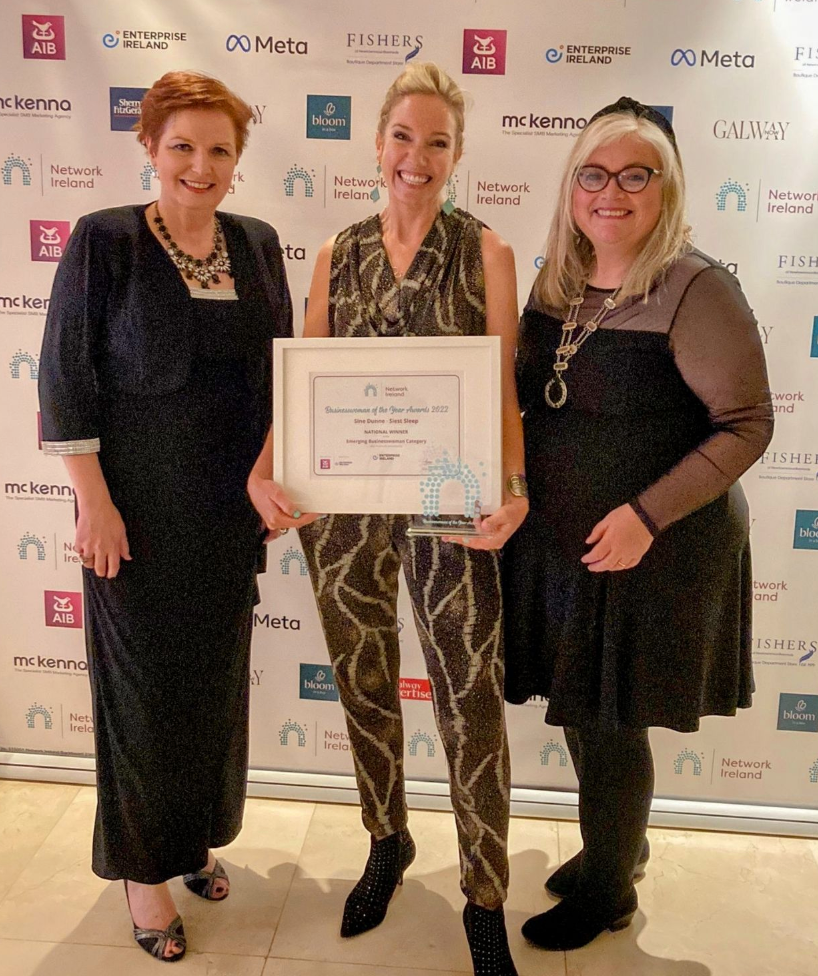White, pink or brown noise. Is it useful for sleep or just tik tok noise?

White pink brown noise … is it useful for sleep or just noise?
Tiktok has gone crazy for brown noise. As with many tiktok trends influencers show their knowledge like proud peacocks. If tiktok is your only source of knowledge, life will be a rather wild and misinformed adventure. However we are open to anecdotal opinions, often it is the power of the patient feedback that sparks a research study.
So what is the research behind brown noise and why might it be useful for you?
Anecdotally most people know ocean waves are relaxing and every parent knows the power of a white noise app or a cheeky hair dryer to lull your little one asleep..
At Siest we focus on medically backed research. However the focus of medically backed research is often unsurprisingly too pharma heavy so we are interested in hearing about alternative therapies.
What are the types of noise ?
White noise, probably the most familiar of these, sounds like a radio tuned to an unused frequency.
Pink noise is white noise, but with reduced higher frequencies. It resembles the sounds of steady rainfall or wind and is often considered to be more soothing than white noise, which some people find unpleasant.
Brown noise lowers the higher frequencies even more. It’s a bit “rougher” than pink noise and resembles the roar of a river current or strong wind.
How is brown noise useful for sleep?
Brown noise is reported to help clear your mind of chatter and calm your mind before sleep. Also they help mask other sounds so your brain is not interrupted when you sleep.
What does the research say about brown noise?
Nearly every article says maybe and more research is needed. So we did a little digging for you. Our founder Sine Dunne is currently studying sleep medicine Insomnia at Oxford University so we are lucky to get access to some incredible research. Helpful study Noise as a sleep aid: A systematic review. Riedy, Samantha M ; Smith, Michael G ; Rocha, Sarah ; Basner, Mathias LONDON: 2021 This is a review of all the literature available on how useful or not noise is for sleep. This covered 38 articles.
According to this study, the evidence is not strong. The current research is heavily biased. Listening to noise might help you fall asleep faster for a small period of time (sleep latency) and wake up less due to sound masking (you can't hear other sounds so they don't wake you up).
But there is little to zero impact on sleep quality. Sleep quality is crucial as it is how refreshing your sleep is. All of the studies were heavily open to bias and rated low on credibility.
The evidence is not strong. Also the firm view held by the medical sleep community is that you should sleep in a cool dark quiet room where possible. Noises that are too loud could damage hearing and there is no clear distinction between the different benefits of different types of sounds in any of the studies eg pink white brown (also called red)
So there you have it. Even the researchers say more research is needed.
If you live beside a road, this is essentially brown noise with large punctuations of horn beeps and ambulance or fire engines. You don't need a doctor to tell you your sleep quality will not be as impressive as someone with a quieter sleep location.
Why is the brown noise sleep tik tok trend popular?
I think this trend is popular because
1. It has a cool name, pink and brown noise.
2. Tiktok is mostly full of people who don't need to be alert to small children in the night so that's why it might be proving more popular.
3. Super low cost to try
4. it's incredibly easy to access the therapy
5. Individuals won't be able to tell if its impacting negatively
What I personally like about this trend is that a whole world previously undercatered for humans with additional sensory challenges seems to be finding useful connections between using a brown or pink noise machine and better sleep and focus. It is always positive to see trends that are focussed on different sensory needs.
Anything that gets the sleep conversation going is a good thing in our view. More focus on prioritising your sleep is crucial.



